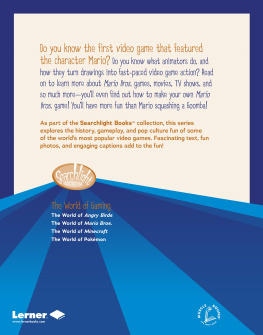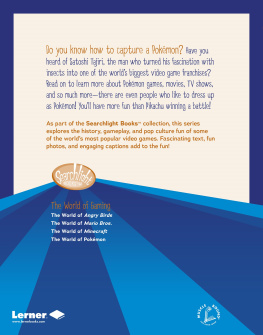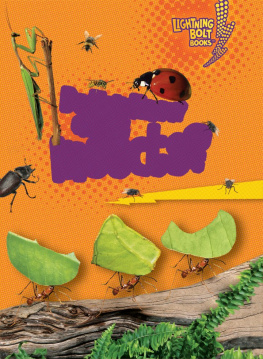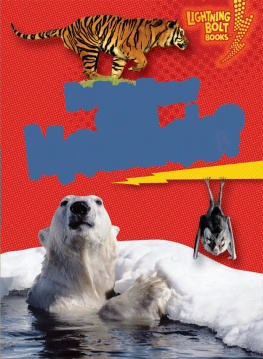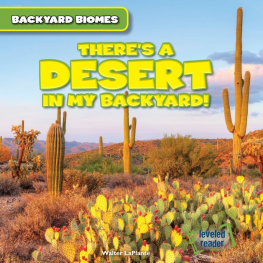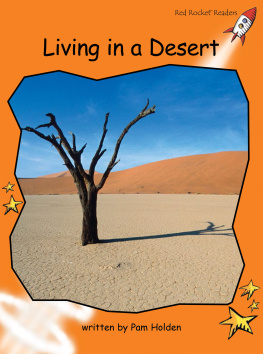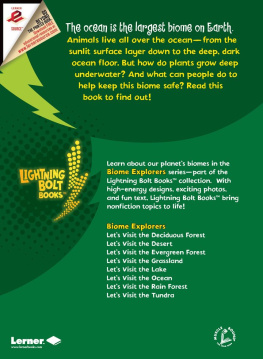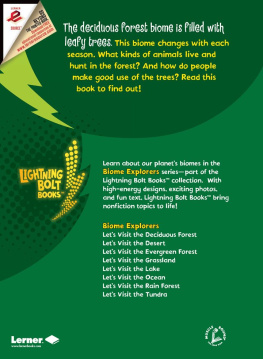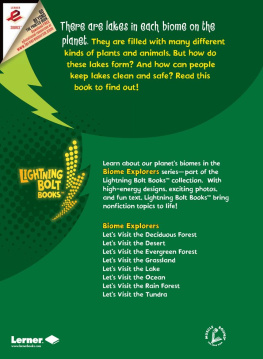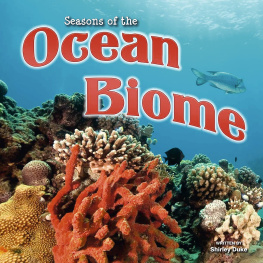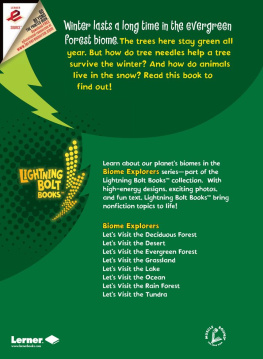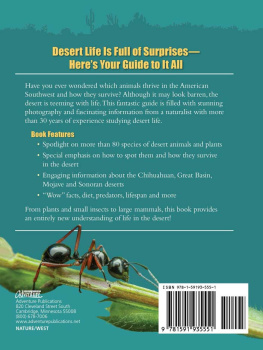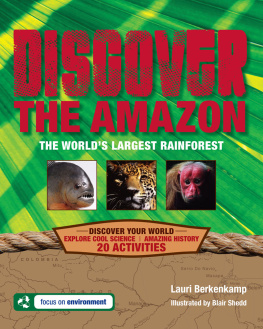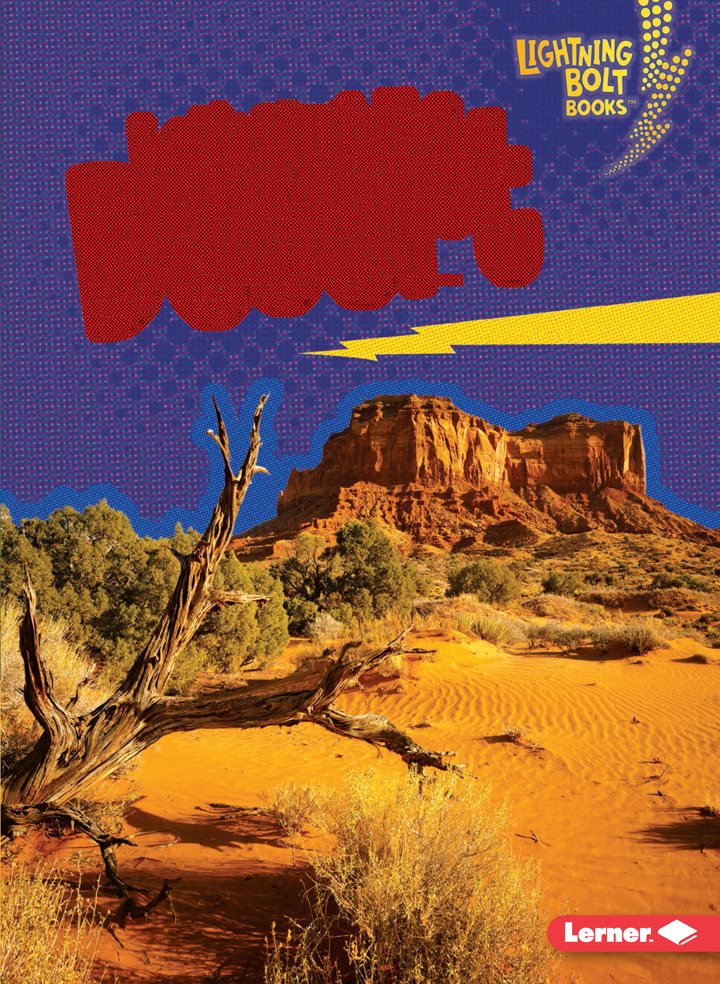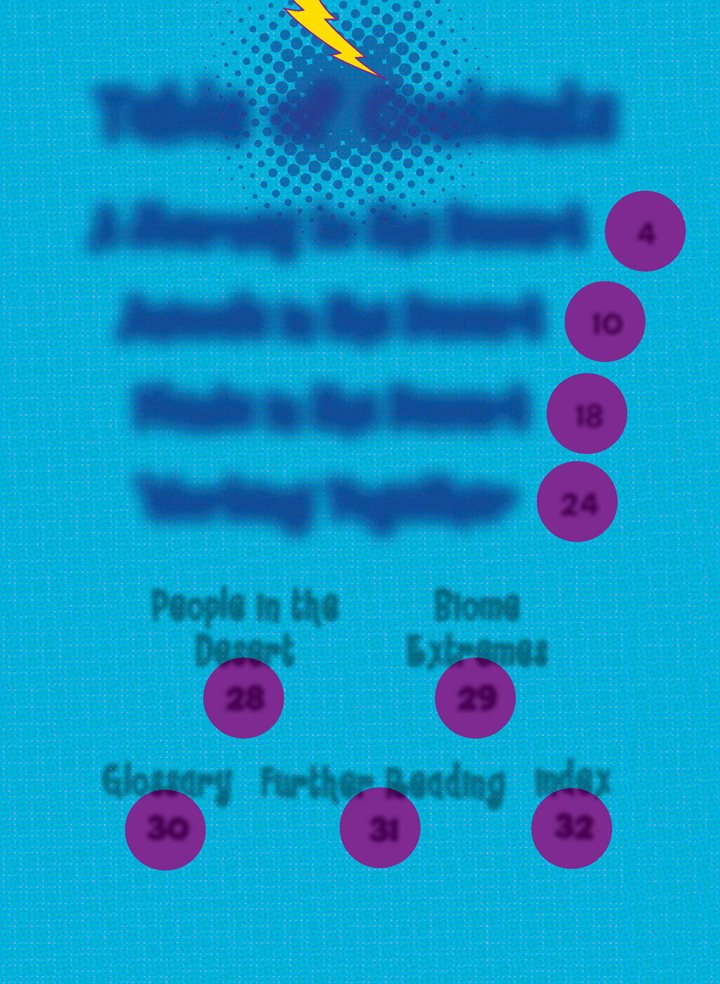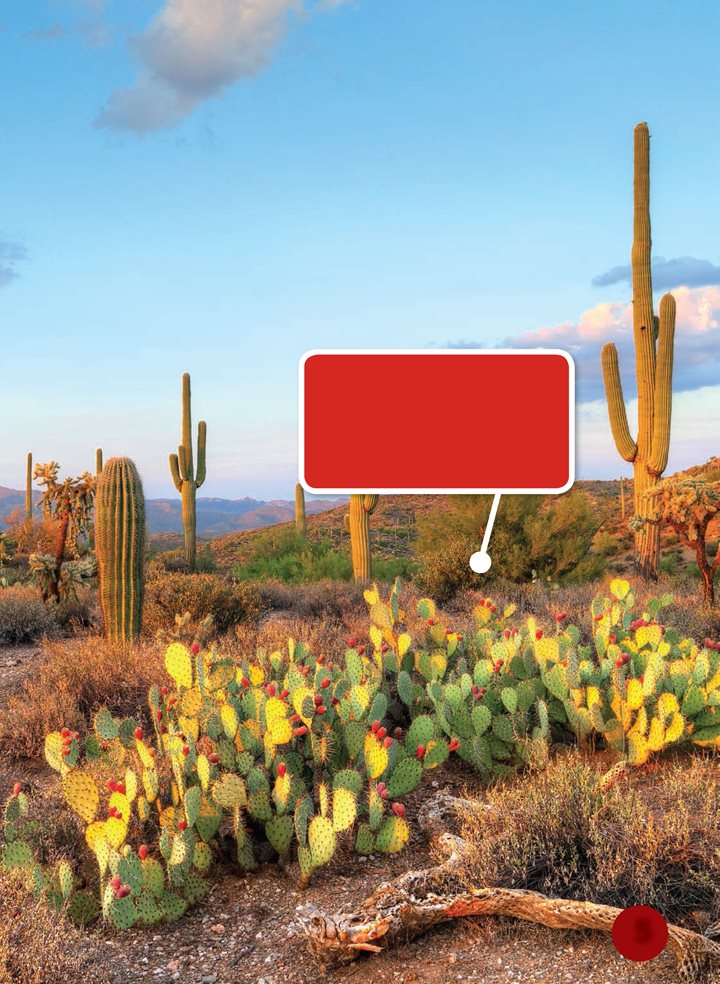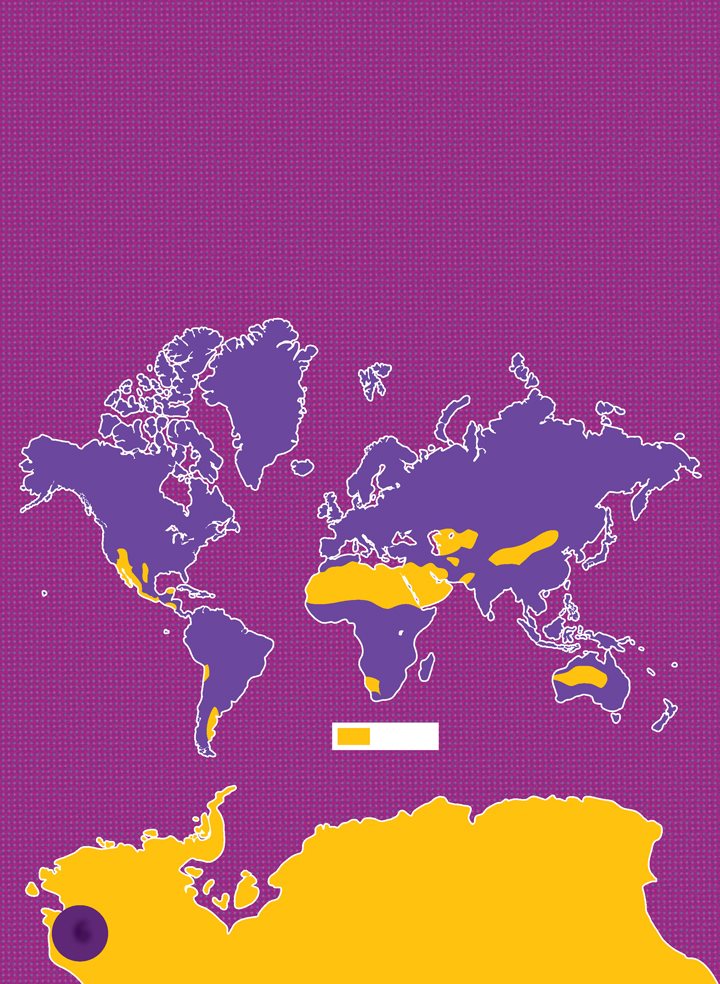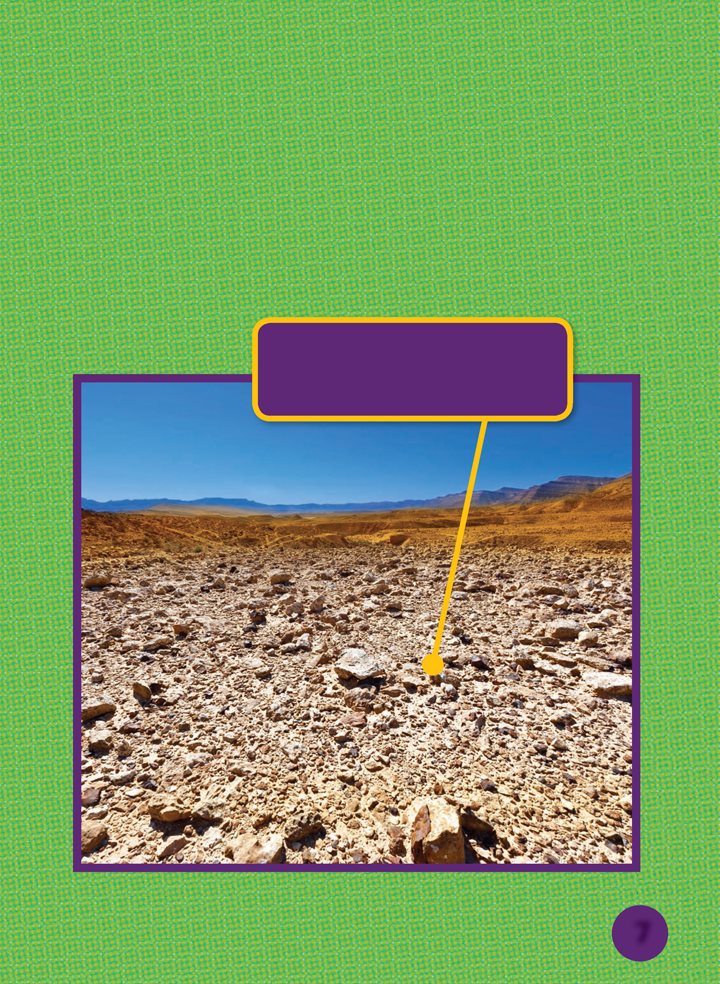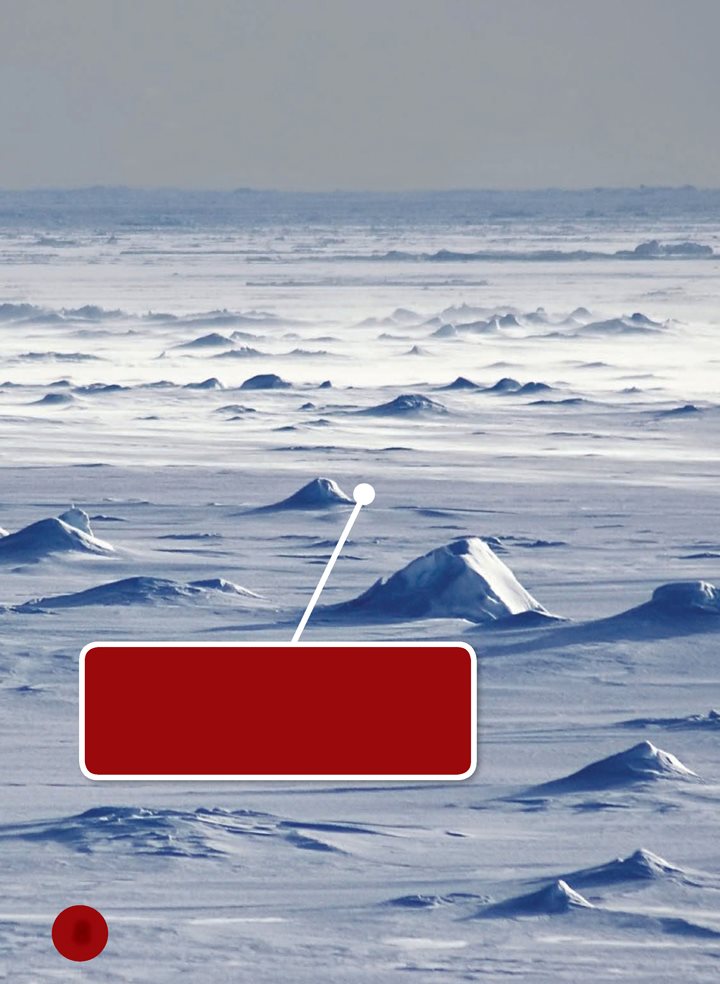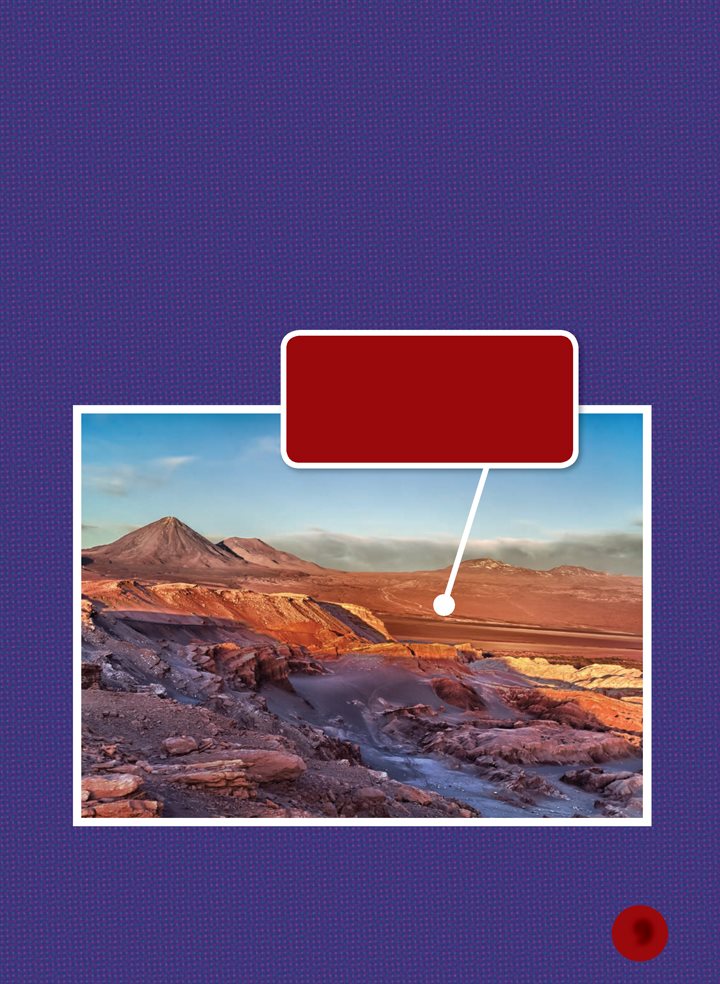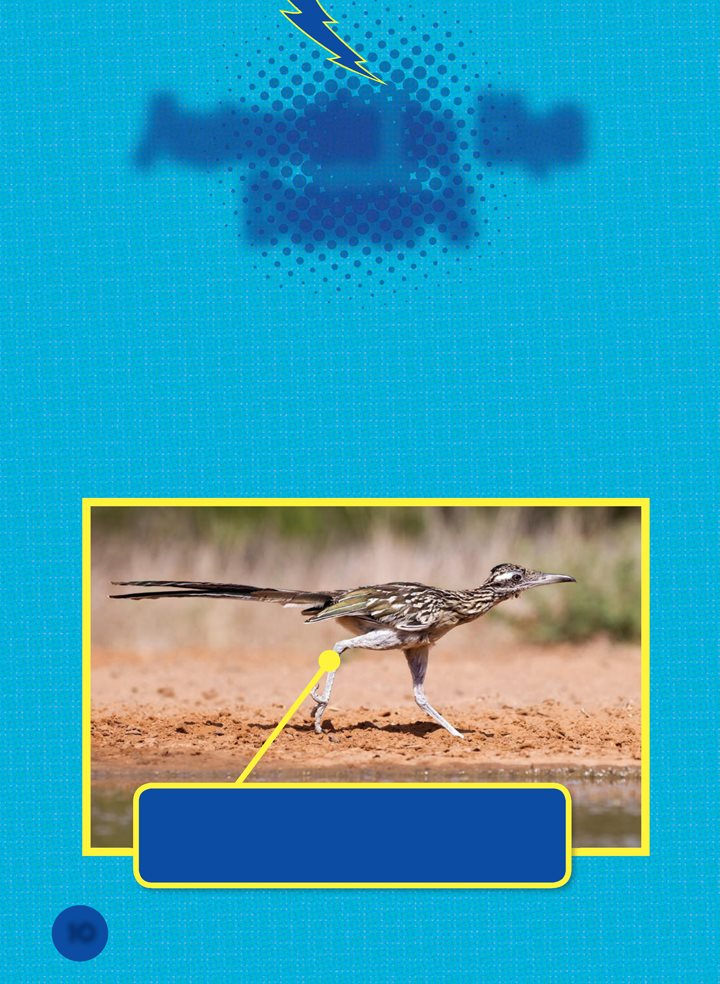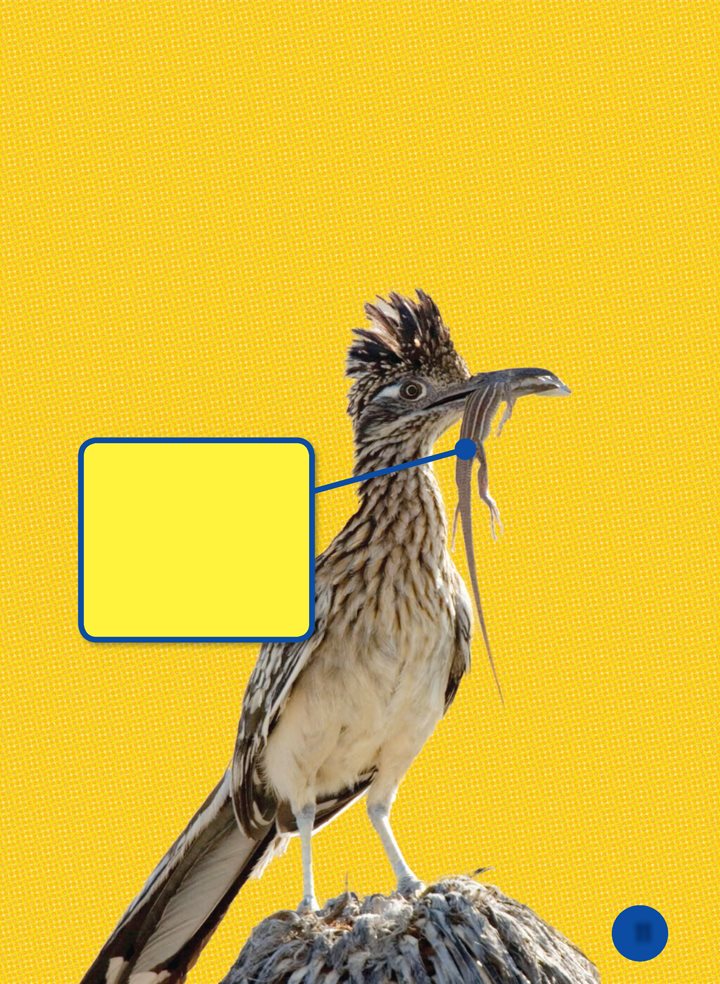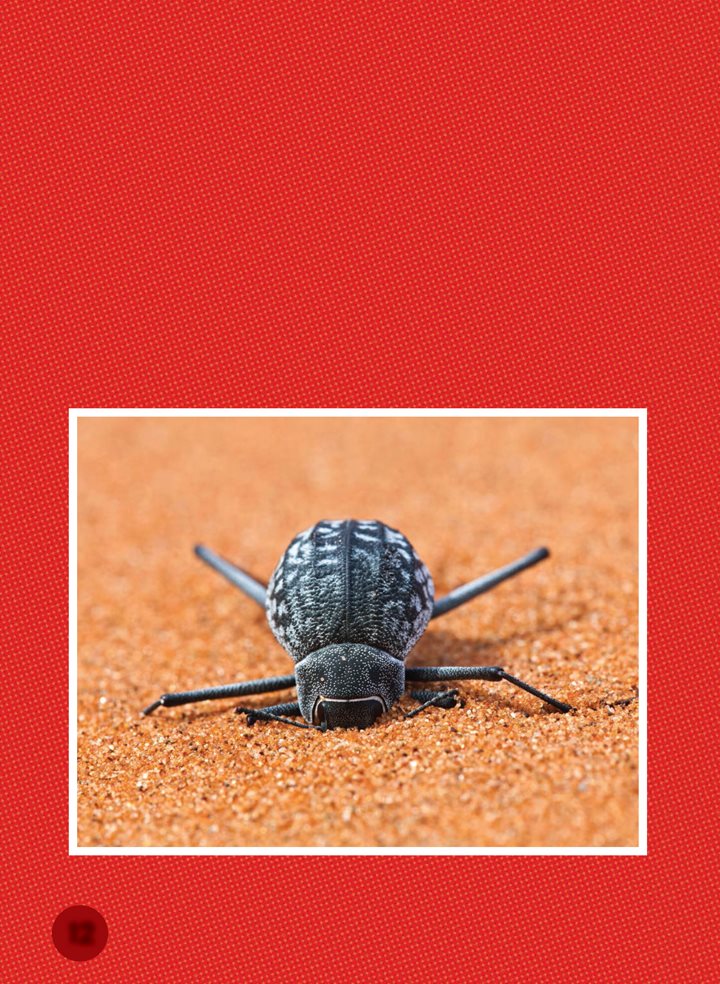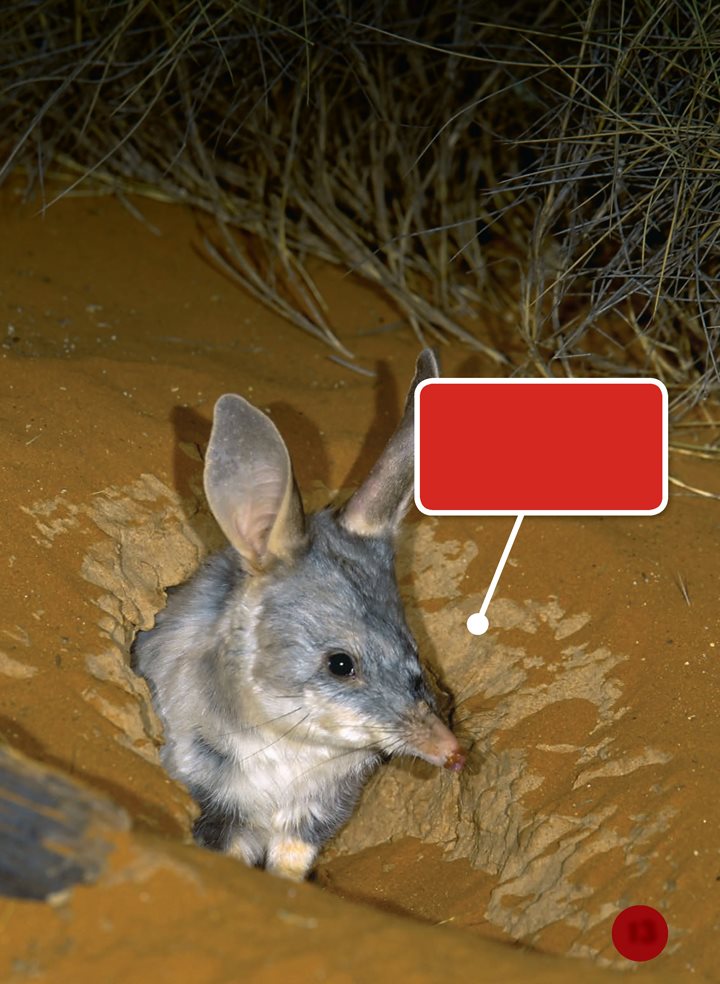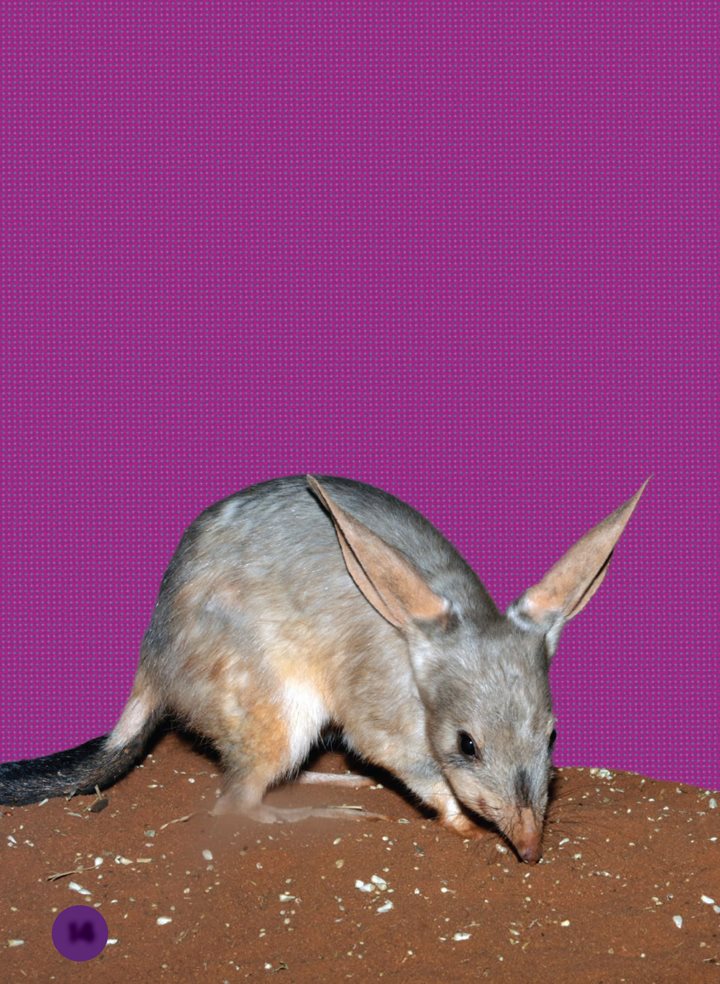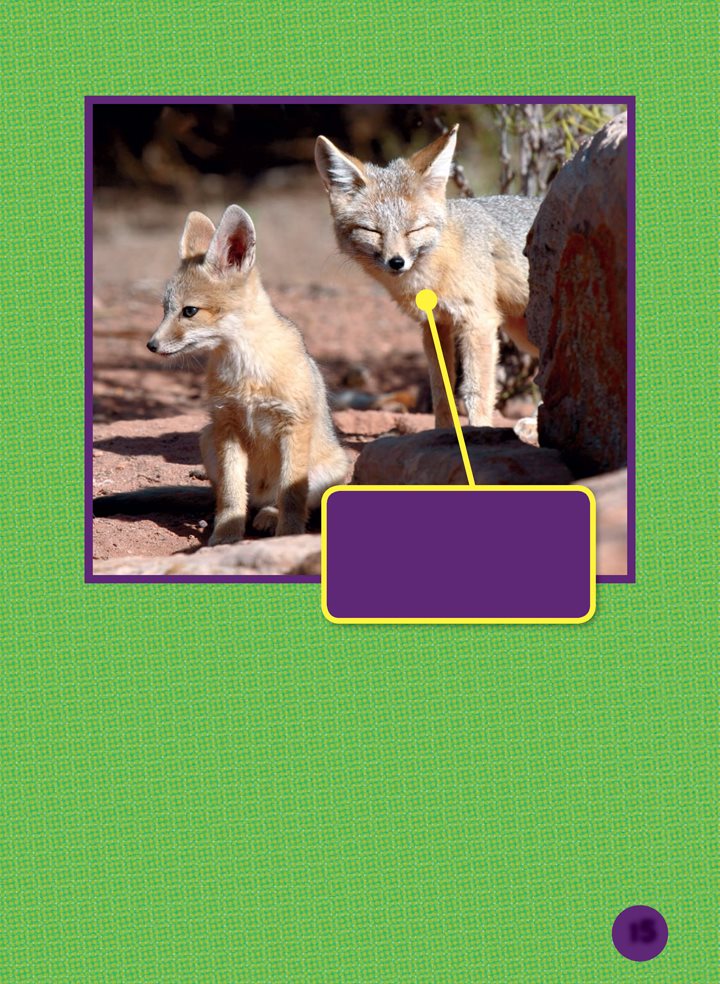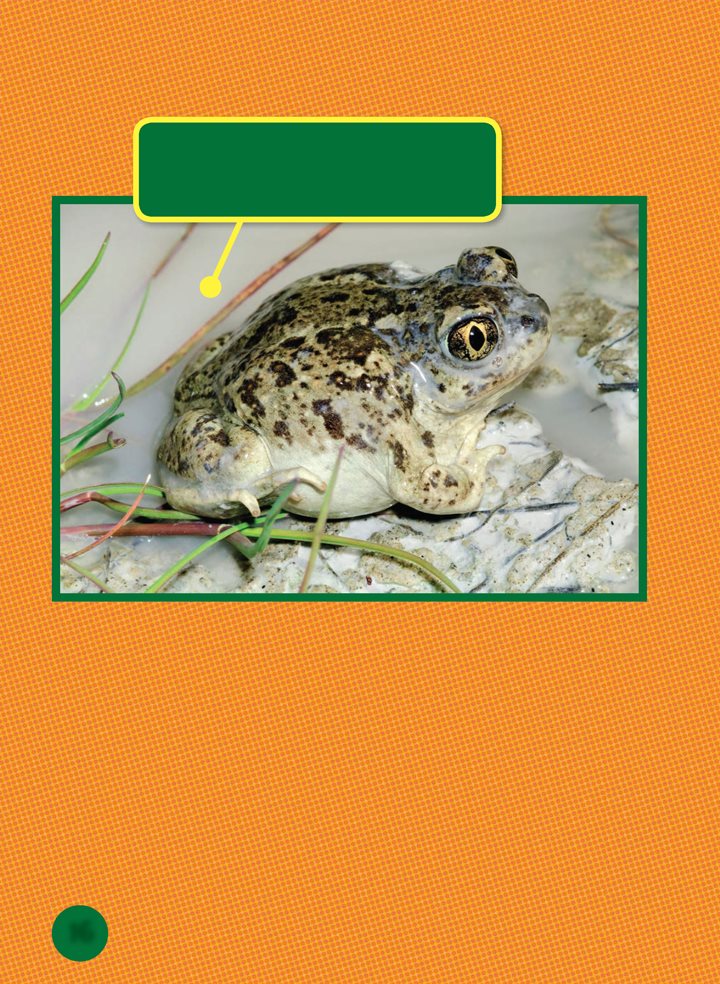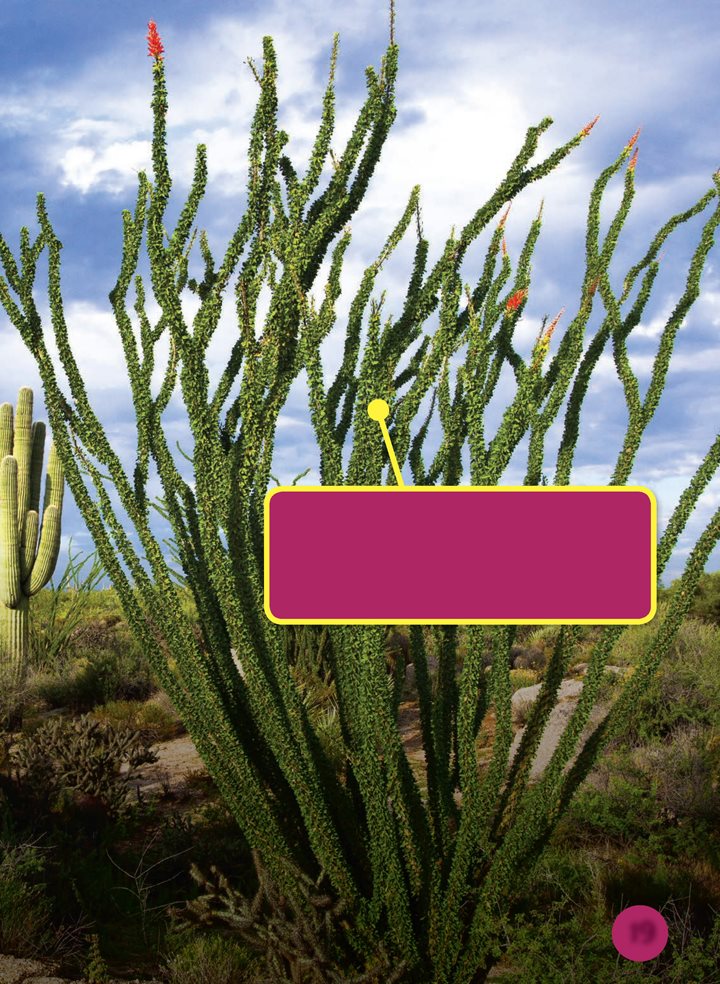Lets Visit the
Desert
Buffy Silverman
Copyright 2017 by Lerner Publishing Group, Inc.
All rights reserved. International copyright secured. No part of this book may be reproduced,
stored in a retrieval system, or transmitted in any form or by any meanselectronic, mechanical,
photocopying, recording, or otherwisewithout the prior written permission of Lerner Publishing
Group, Inc., except for the inclusion of brief quotations in an acknowledged review.
Lerner Publications Company
A division of Lerner Publishing Group, Inc.
241 First Avenue North
Minneapolis, MN 55401 USA
For reading levels and more information, look up this title at www.lernerbooks.com.
Library of Congress Cataloging-in-Publication Data
Names: Silverman, Buffy, author.
Title: Let ' s visit the desert / by Buffy Silverman.
Description: Minneapolis : Lerner Publications, [2017] | Series: Lightning bolt books. Biome explorers |
Includes bibliographical references and index. | Audience: Age 58. | Audience: K to Grade 3.
Identifiers: LCCN 2015044360 (print) | LCCN 2016005018 (ebook) | ISBN 9781512411904 (lb : alk.
paper) | ISBN 9781512412284 (pb : alk. paper) | ISBN 9781512411980 (eb pdf)
Subjects: LCSH: DesertsJuvenile literature. | Desert ecologyJuvenile literature.
Classification: LCC GB612 .S55 2017 (print) | LCC GB612 (ebook) | DDC 577.54dc23
LC record available at http: // lccn.loc.gov / 2015044360
Manufactured in the United States of America
1 BP 7 / 15 / 16
Table of Contents
People in the
Desert
Biome
Extremes
A Journey to
t h e Desert
Imagine a desert. Do you
think of a hot, sandy habitat?
Do you see a place with no
plants or animals?
T his desert has sand dunes.
Dunes are mounds of sand.
T h ey are formed by the wind.
Some deserts are mostly
sand. But others have
stones on the ground.
Plants can grow. Animals
find food and make homes.
Many of the
hottest places on
Earth are deserts.
There are desert biomes
all around the world.
Deserts can be found on all
seven continents.
NORTH
AMERICA
EUROPE
ASIA
SOUTH
AMERICA
AFRICA
AUSTRALIA
Desert
ANTARCTICA
Deserts are dry. Rain and
snow rarely fall. Some deserts
are very hot. Rain evaporates
quickly in the warm air.
Some deserts may get
no rain for years.
Other deserts are cold.
Winters are long.
Snow and ice cover parts of
polar deserts. Plants cannot
use the frozen water.
Coastal deserts have cool
winters and long, warm
summers. Fog rolls in from the
sea. But rain hardly ever falls.
T he Atacama Desert
in South America is
a coastal desert.
Animals in t h e
Desert
A roadrunner scoots across the
rocky ground. The bird snaps
up a lizard. Then it darts to a
bush where its nest is hidden.
Roadrunners can dash more than
miles (24 kilometers) per hour.
Animals in a desert biome
have special ways to get the
water they need. Roadrunners
get water from their food.
Roadrunners
eat mostly small
animals. Plants
are a small part
of their diet.
Tok- tokkie beetles live in
coastal deserts. When fog
appears, the beetles stand on
their heads. Water from the
fog collects on their backs. It
drips into their mouths.
Many animals avoid the hot
desert sun. In Australia,
bilbies dig burrows with their
strong claws. They stay
underground all day.
Bilby burrows can
be up to 9.8 feet
(3 meters) deep.
After sunset, the air is cooler.
Bilbies come out at night. A
bilbys big ears and sharp
nose help it find food.
Kit foxes hunt for
small animals such
as rabbits and mice.
Kit foxes also spend most of
the day underground. They
lose heat through their long
ears. They hunt during the
cool night.
Spadefoot toads lay their
eggs in desert ponds.
Many animals flock to desert
ponds that fill when it rains.
The ponds dont last long.
They dry up under the hot sun.
Spadefoot toad eggs hatch in
a couple of days. The baby
toads are called tadpoles. The
tadpoles grow quickly before
ponds disappear.
Spadefoot toads bury
themselves in the
ground when ponds dry
up. T hey wait for rain.
Plants in t h e
Desert
Desert plants survive with little
water. These ocotillo plants
look like dead sticks. But they
are alive.


